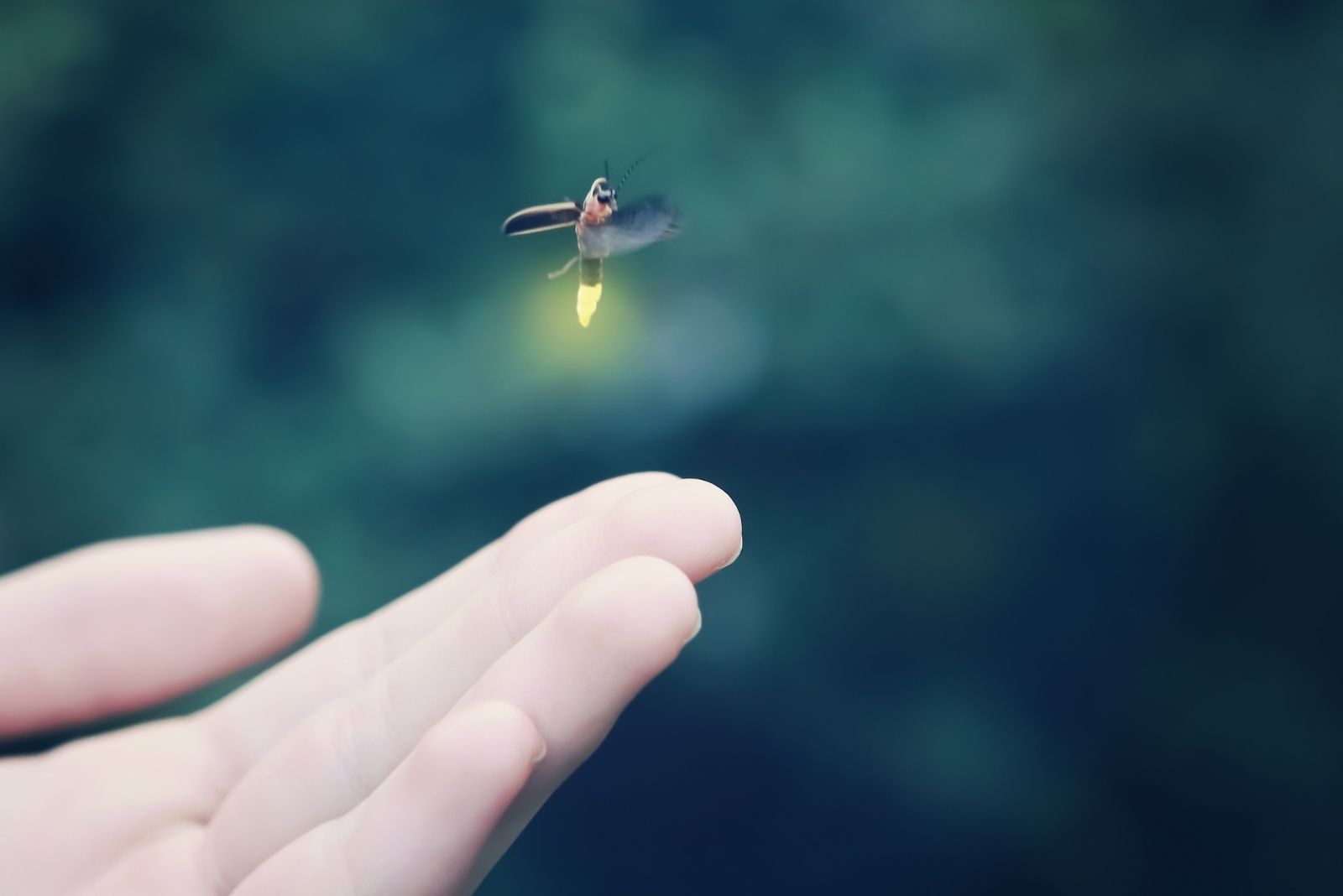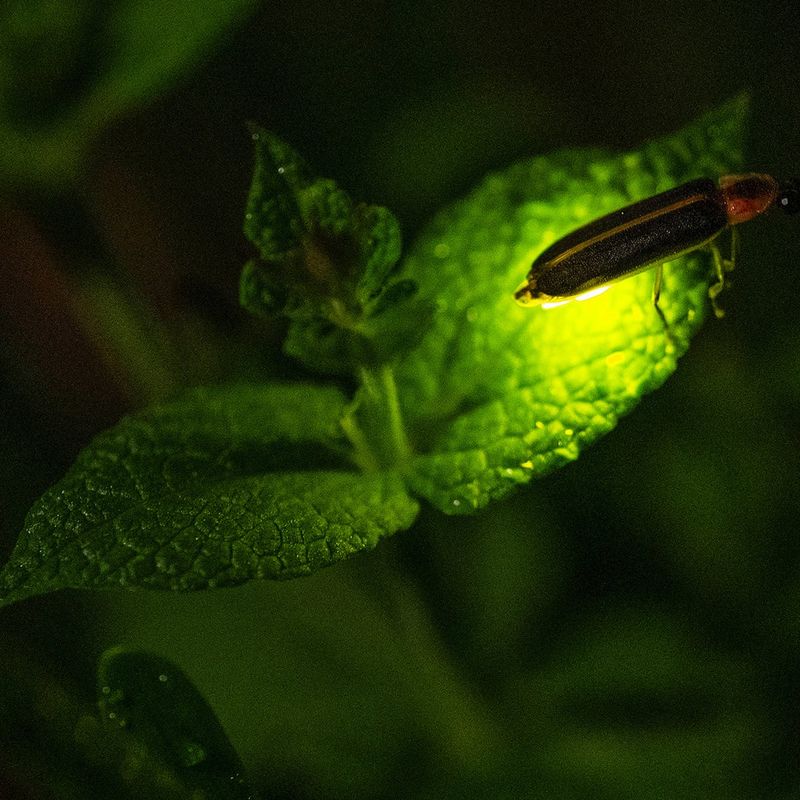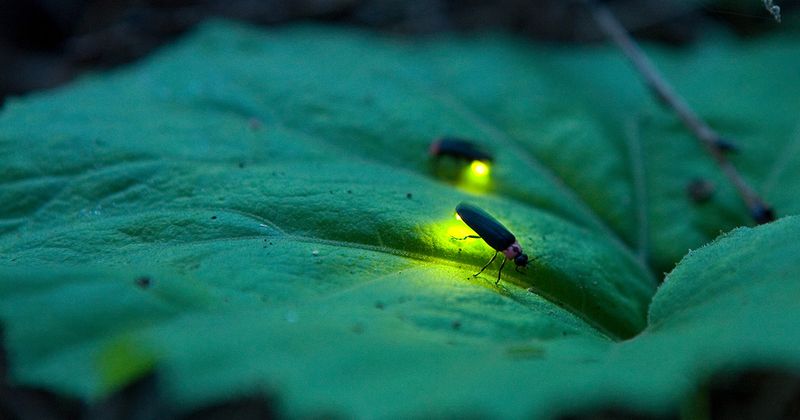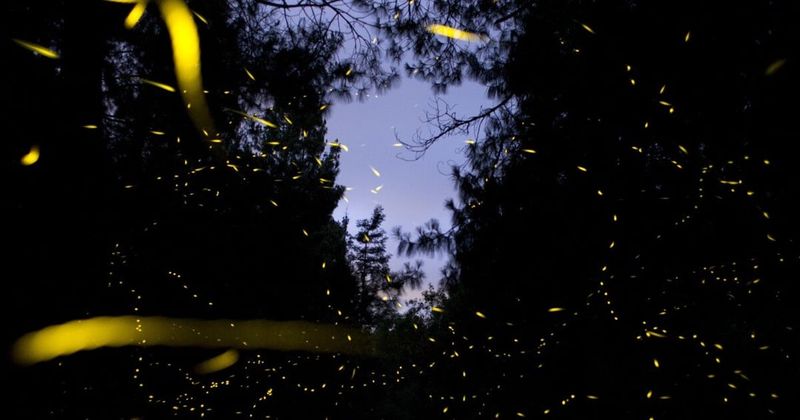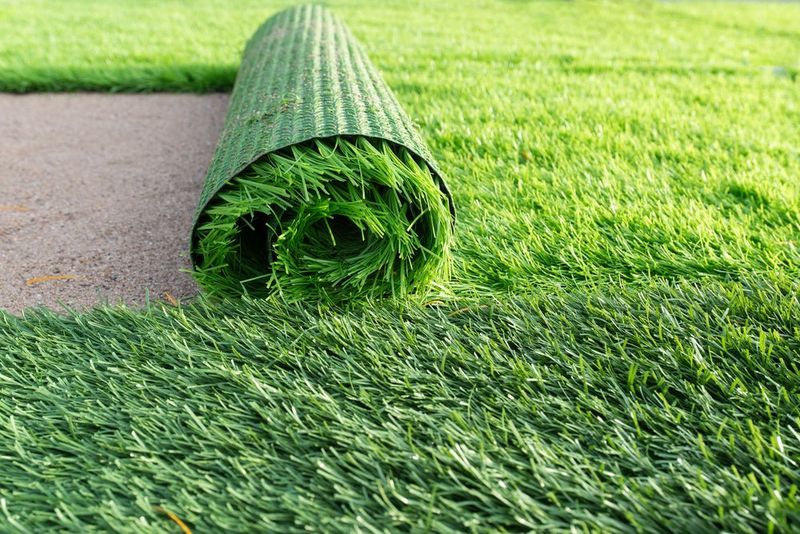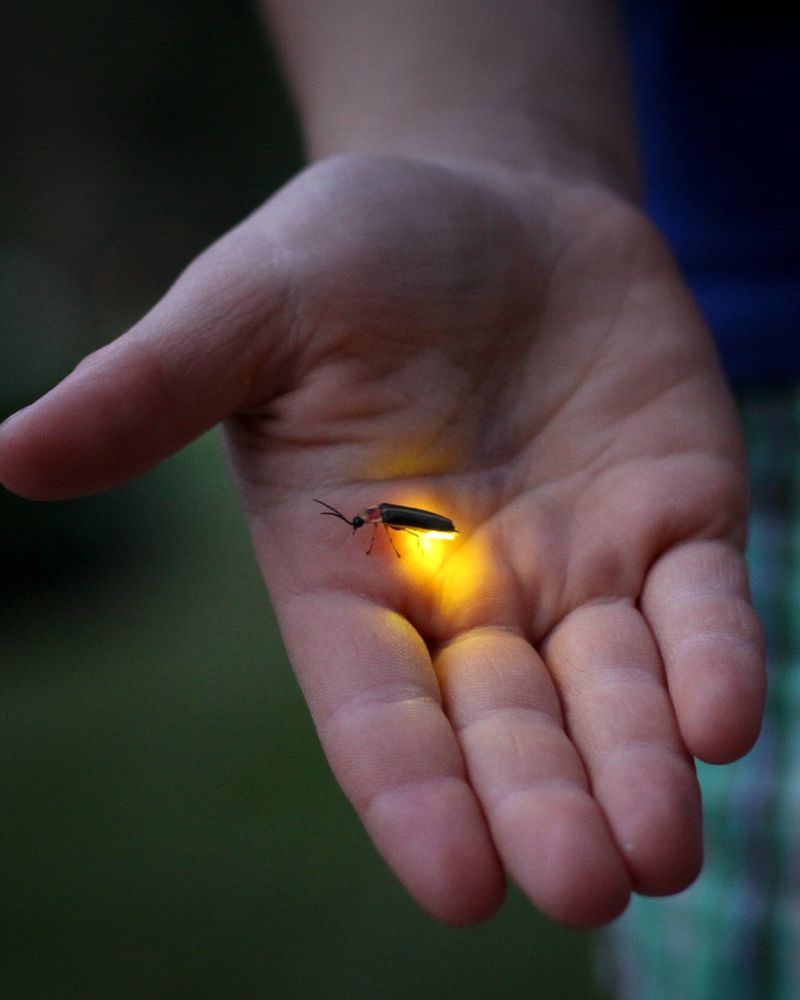Remember those magical summer nights when tiny lights danced across your backyard like nature’s own fireworks show? Fireflies used to be a common sight in Texas gardens, but nowadays, fewer and fewer of these glowing insects appear each year.
Scientists and nature lovers are worried about this decline, and understanding why it’s happening matters for our environment. Let’s explore what’s causing these beloved lightning bugs to vanish from our outdoor spaces.
1. Light Pollution Drowns Out Their Glow
Street lamps, porch lights, and security lights create a constant brightness that interferes with firefly communication.
Male fireflies flash specific patterns to attract females, but artificial lighting makes these signals nearly impossible to see. When fireflies can’t find mates because of too much light, their populations shrink year after year.
Even a single bright outdoor light can affect fireflies in a surprisingly large area around your home, disrupting their ancient mating rituals that depend entirely on darkness.
2. Pesticides Kill More Than Just Pests
Chemical sprays meant to control mosquitoes and other bugs don’t discriminate between pests and beneficial insects.
Firefly larvae spend up to two years living in soil and leaf litter, where they’re extremely vulnerable to lawn chemicals. Adults feeding on nectar can also absorb toxins from treated plants.
Many common yard pesticides remain active for weeks, creating a dangerous environment for fireflies throughout their entire life cycle and preventing new generations from surviving to adulthood.
3. Habitat Loss Removes Their Homes
As Texas cities expand outward, natural areas where fireflies thrive get replaced by concrete, buildings, and manicured lawns. Fireflies need tall grasses, bushes, and moist areas to complete their life cycles successfully.
Development projects that drain wetlands or clear wooded lots eliminate crucial firefly habitat. Without proper shelter and breeding grounds, local firefly populations simply disappear.
Native plants and wild spaces that once supported these insects are becoming increasingly rare across suburban Texas neighborhoods.
4. Climate Change Disrupts Their Timing
Fireflies emerge based on temperature and moisture cues they’ve followed for thousands of years. Unpredictable weather patterns caused by climate change throw off their carefully timed life cycles.
Droughts dry out the damp soil that larvae need, while unusual temperature swings can cause adults to emerge at the wrong time.
When fireflies appear too early or too late, they miss their mates and fail to reproduce. Extended heat waves in Texas are particularly harmful to these temperature-sensitive creatures.
5. Overly Tidy Yards Eliminate Breeding Grounds
Firefly larvae live in leaf litter, rotting wood, and messy garden areas that many homeowners remove for a cleaner look.
Raking away all fallen leaves and clearing dead plant material destroys the exact spots where baby fireflies grow and hunt for food. Perfectly groomed lawns offer nothing for fireflies to eat or hide in during their vulnerable larval stage.
Leaving some natural messiness in your yard provides essential habitat that fireflies desperately need to survive and multiply.
6. Artificial Turf Replaces Natural Grass
More Texas homeowners are installing synthetic lawns to save water, but these plastic surfaces are ecological dead zones for fireflies. Larvae cannot burrow into fake grass or find the snails and slugs they feed on beneath it.
Artificial turf also heats up much more than natural grass, creating uncomfortable conditions for ground-dwelling insects.
Without access to soil and the tiny creatures living in it, fireflies have zero chance of reproducing in yards covered with synthetic materials instead of real plants.
7. Water Features Disappear From Gardens
Fireflies prefer moist environments and are often found near ponds, streams, and damp garden areas. Many modern Texas landscapes prioritize drought-resistant designs that eliminate water features entirely.
Without adequate moisture in yards and gardens, firefly larvae struggle to survive their multi-year development period. Birdbaths, small ponds, and naturally damp spots provide the humidity these insects require.
As Texas landscapes become drier by design, fireflies lose the wet habitats they’ve always depended on for successful reproduction and growth.
8. Native Plants Get Replaced With Exotics
Fireflies evolved alongside native Texas plants and the ecosystems they support. When homeowners plant non-native ornamental species instead, they disrupt the food web that fireflies depend on.
Native plants host the specific insects and snails that firefly larvae hunt, while exotic plants often support nothing.
Landscaping with tropical or foreign species might look attractive, but it creates a biological desert where fireflies cannot find adequate food sources. Choosing native plants helps restore the natural balance fireflies need.

